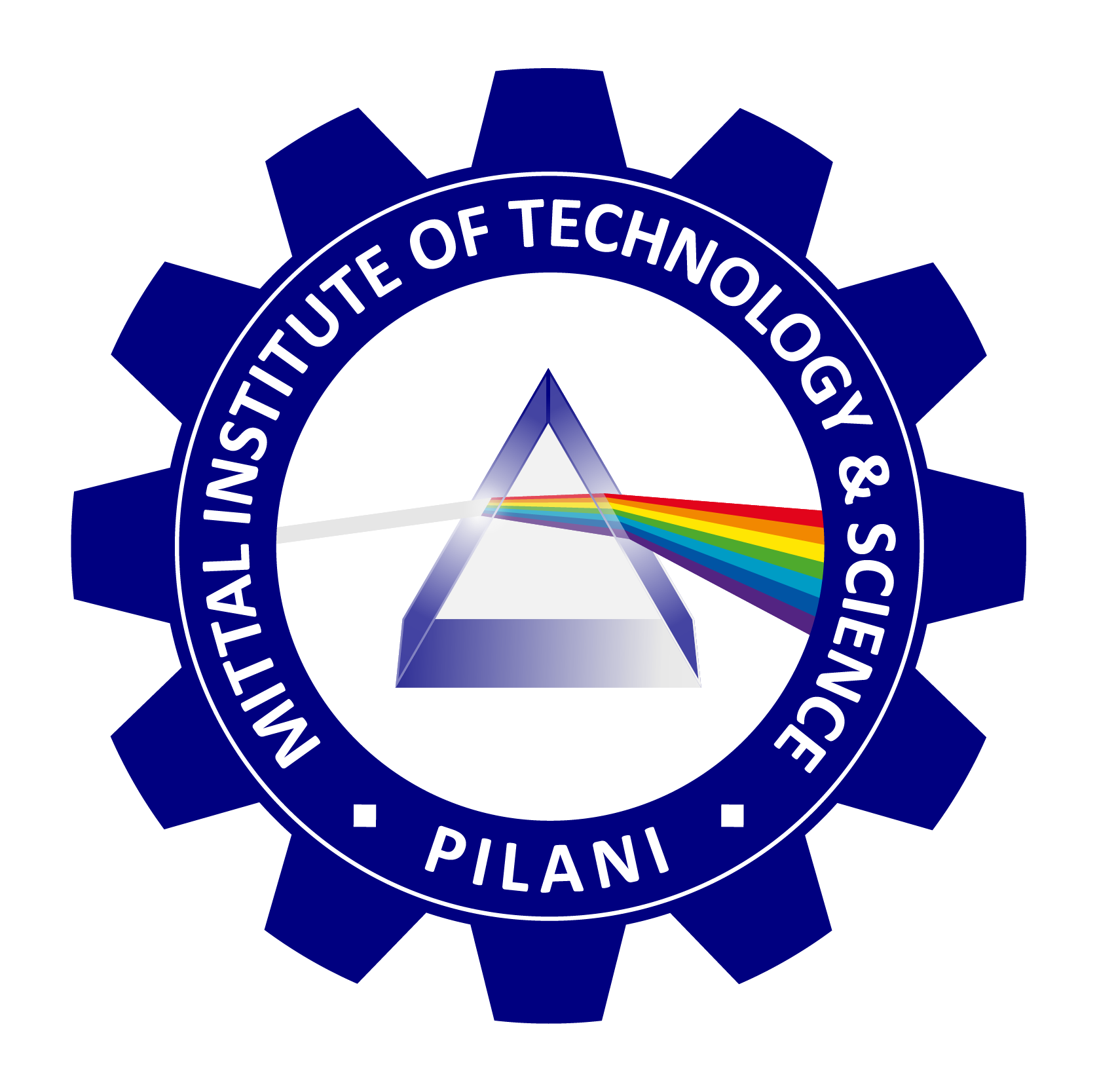
MITTAL INSTITUTE OF TECHNOLOGY & SCIENCE
Design Thinking
The Power of Design Thinking: Unlocking Innovation through Empathy and Creativity
In today’s rapidly changing world, the ability to innovate has become essential for success in any field. Businesses, educators, and individuals constantly face new challenges that demand creative solutions. Design thinking, a human-centered approach to problem-solving, offers a powerful framework for fostering innovation. This approach emphasizes empathy, collaboration, experimentation, and iteration, encouraging people to think beyond conventional boundaries. In this essay, we will explore the key elements of design thinking and discuss how it can motivate individuals and organizations to drive meaningful change.
Empathy: Understanding the User
At the heart of design thinking is empathy—the ability to understand and connect with the people we are designing for. It encourages us to step into the shoes of users, to feel their frustrations, aspirations, and needs. When we start with empathy, we move away from a product-focused mindset to a people-focused one, which leads to solutions that resonate with real human experiences.
Empathy enables problem solvers to uncover the root causes of problems, often hidden beneath the surface. It motivates individuals to look beyond their assumptions and listen actively to others. Whether you are designing a product, a service, or a system, empathy ensures that you address problems from a human perspective. When people see that their struggles are understood, they are more likely to embrace solutions, making innovation more impactful.
Creativity: Breaking the Mold
Design thinking nurtures creativity, encouraging individuals to challenge the status quo and explore unconventional ideas. This process thrives on ideation—generating a wide array of potential solutions without immediate judgment. When we let go of the fear of failure and judgment, we unlock the true power of creativity.
Creativity, however, does not happen in isolation. Design thinking fosters a collaborative environment where diverse teams come together to brainstorm, building upon each other’s ideas. This diversity of perspectives generates a richer pool of ideas, driving innovative solutions that would be difficult to achieve alone. As Steve Jobs once said, “Creativity is just connecting things.” In design thinking, we connect ideas from different fields and disciplines, sparking solutions that break through traditional molds.
Experimentation: Learning by Doing
A key principle of design thinking is the belief in experimentation—learning through doing. Instead of spending time perfecting ideas on paper, design thinking encourages the creation of prototypes and models to test and refine concepts. These prototypes serve as a tangible representation of ideas, allowing users to provide feedback and insights early in the process.
This emphasis on iteration—constantly refining and improving—motivates teams to stay resilient in the face of failure. Design thinking views failure not as a setback but as an opportunity to learn and grow. Every iteration, whether successful or not, brings us closer to a better solution. By adopting a mindset of continuous improvement, we are more likely to take bold risks and explore uncharted territory. This willingness to experiment instills confidence and motivates individuals to keep pushing the boundaries of what is possible.
Collaboration: Strength in Diversity
Innovation rarely happens in isolation. Design thinking encourages collaboration by bringing together teams with different backgrounds, expertise, and perspectives. A diverse team has the power to see challenges from multiple angles, leading to well-rounded solutions that are both creative and practical. By embracing diverse perspectives, design thinking breaks down silos, fostering a culture of inclusivity and openness.
Collaboration also builds a sense of shared ownership over the solution. When individuals contribute to the process and see their ideas come to life, they feel a deep sense of pride and motivation. Design thinking promotes a collective mindset where everyone is a stakeholder in the success of the project, further energizing the team to reach for excellence.
Impact: Creating Meaningful Solutions
Design thinking is not just about solving problems—it is about solving the right problems in a way that positively impacts people’s lives. By focusing on empathy and understanding user needs, design thinking ensures that the solutions created are relevant and meaningful. This focus on impact drives motivation, as people naturally seek to make a difference in the world around them.
In a business context, design thinking can lead to products and services that delight customers and solve real pain points. In education, it can help students develop a love for learning by addressing their individual needs. In social innovation, it can address complex societal challenges with creative and sustainable solutions. The impact of design thinking reaches far and wide, motivating individuals and organizations to strive for greater purpose.
Design thinking is more than just a problem-solving technique—it is a mindset that fosters creativity, empathy, collaboration, and experimentation. By embracing this approach, individuals and organizations can unlock their full potential for innovation and create solutions that truly make a difference. Design thinking reminds us that the path to innovation is not always linear; it requires resilience, an open mind, and a deep understanding of the people we serve. As we continue to navigate an ever-evolving world, design thinking will remain a powerful tool for driving meaningful change and inspiring the next generation of innovators.
In essence, design thinking challenges us to think differently, to view problems as opportunities, and to create solutions that have a lasting impact on the world. It motivates us to believe that, with the right mindset, anything is possible.

Professor Rakesh Mittal
Computer Science
Director
Mittal Institute of Technology & Science, Pilani, India and Clearwater, Florida, USA
